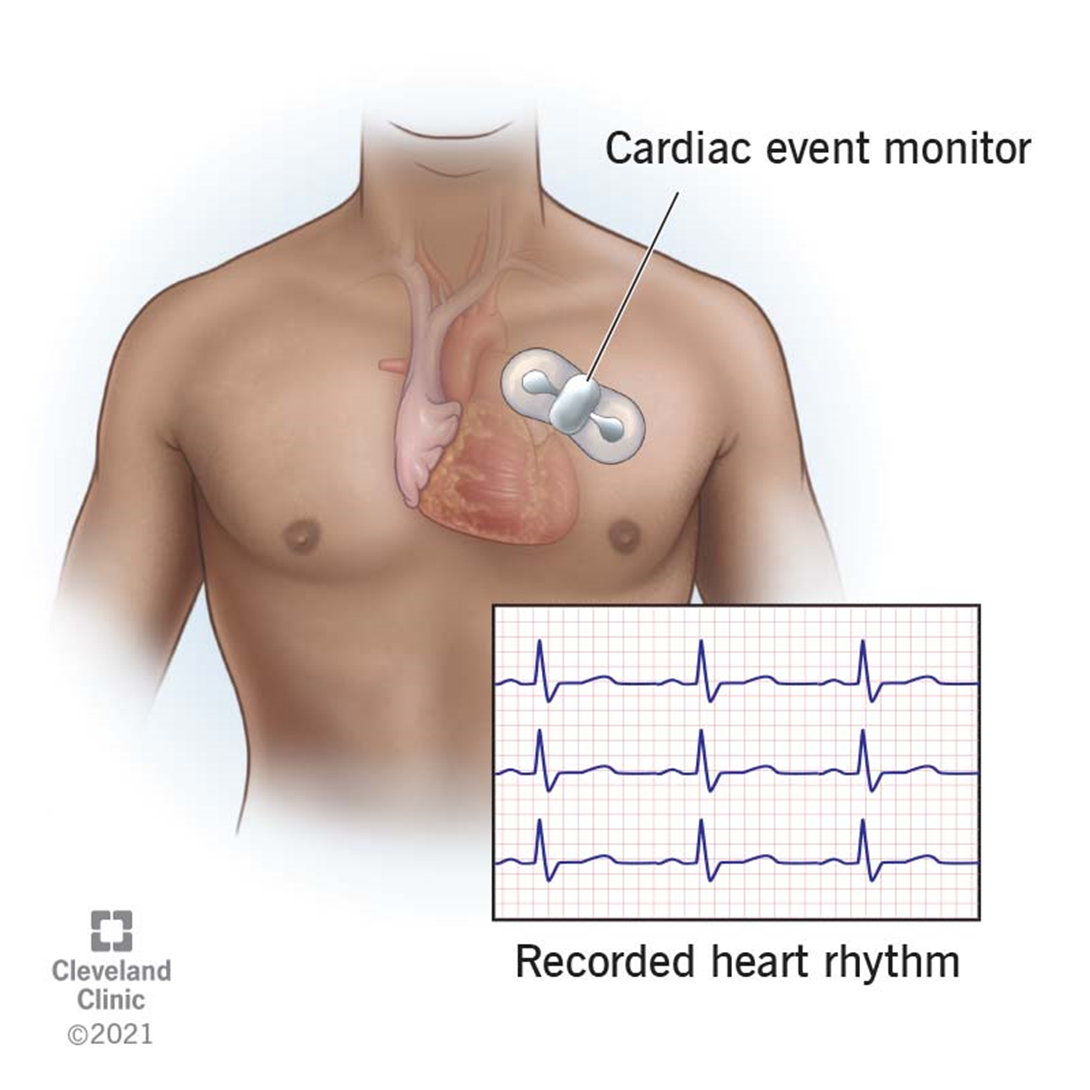A nurse is caring for a client who has an extremely elevated lithium level. Which of the following actions should the nurse take?
Prepare for gastric lavage.
Hold the medication and assess for early manifestations of toxicity.
Check the client's medication record to assess whether the client has been refusing her lithium.
Administer the morning dose of lithium.
The Correct Answer is B
Choice A reason: Gastric lavage is typically not the first-line treatment for lithium toxicity due to the risk of aspiration and potential complications. It is usually reserved for cases where the ingestion was recent and massive.
Choice B reason: When a client presents with an extremely elevated lithium level, it is crucial to hold further doses to prevent exacerbation of toxicity. The nurse should monitor for early signs of toxicity, which include gastrointestinal symptoms like nausea, vomiting, diarrhea, and neurological symptoms such as tremors, confusion, and ataxia. The normal therapeutic range for lithium is 0.6 to 1.2 mmol/L, and levels above 1.5 mmol/L are considered toxic.
Choice C reason: While it is important to review the medication record, the immediate concern with an extremely elevated lithium level is addressing the toxicity. Checking the medication record can be part of the assessment process but is not the priority action.
Choice D reason: Administering the morning dose of lithium could worsen the client's condition by increasing the lithium level further, which is already extremely elevated. This could lead to severe toxicity or even fatal consequences.
Nursing Test Bank
Naxlex Comprehensive Predictor Exams
Related Questions
Correct Answer is ["A","B","D"]
Explanation
Choice A reason: A cardiac monitor is essential during ECT to monitor the heart's electrical activity, as the procedure can affect heart rate and rhythm.

Choice B reason: A blood pressure monitor is necessary to track the client's blood pressure throughout the procedure, as ECT can cause fluctuations in blood pressure.
Choice C reason: A portable x-ray machine is not typically required in the setup for ECT.
Choice D reason: An EEG monitor is used during ECT to record the electrical activity of the brain, which is crucial for assessing the seizure activity induced by the treatment.
Choice E reason: An ophthalmoscope is not used during ECT; it is an instrument for examining the interior structures of the eye.
Correct Answer is ["A","C","E"]
Explanation
Choice A reason:
Individuals with Paranoid Personality Disorder often exhibit distrust and suspicion of others. A matter-of-fact approach is beneficial as it avoids emotional engagement that could be perceived as threatening or deceitful. This approach helps in maintaining clear boundaries and reduces the potential for misunderstanding or paranoia.
Choice B reason:
For those with Avoidant Personality Disorder, a matter-of-fact approach might not be as effective because these individuals are often sensitive to negative evaluation and rejection. They may require a more supportive and encouraging approach to help them feel more comfortable in social interactions.
Choice C reason:
People with Schizotypal Personality Disorder display eccentric behaviors and have difficulty forming close relationships. A matter-of-fact approach can provide structure and clarity without overwhelming them with emotional intensity, which they may find difficult to process.
Choice D reason:
Individuals with Narcissistic Personality Disorder may not respond well to a matter-of-fact approach as they often have an inflated sense of self-importance and a need for admiration. They may perceive this approach as dismissive or not adequately acknowledging their perceived self-worth.
Choice E reason:
Those diagnosed with antisocial personality disorder tend to disregard the rights of others and may manipulate or treat others harshly. A matter-of-fact approach is useful as it sets clear expectations and limits, which is necessary to manage potentially manipulative or harmful behaviors.
Whether you are a student looking to ace your exams or a practicing nurse seeking to enhance your expertise , our nursing education contents will empower you with the confidence and competence to make a difference in the lives of patients and become a respected leader in the healthcare field.
Visit Naxlex, invest in your future and unlock endless possibilities with our unparalleled nursing education contents today
Report Wrong Answer on the Current Question
Do you disagree with the answer? If yes, what is your expected answer? Explain.
Kindly be descriptive with the issue you are facing.
